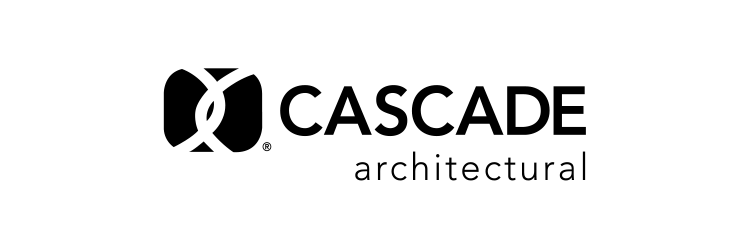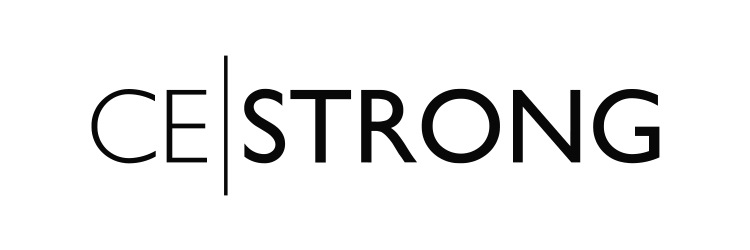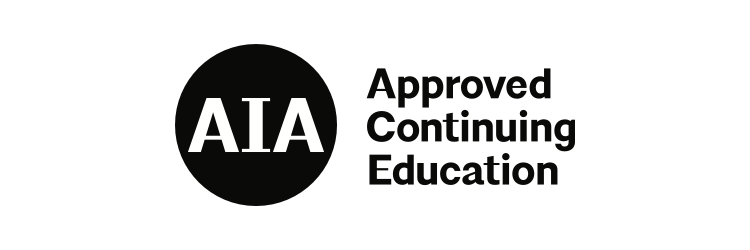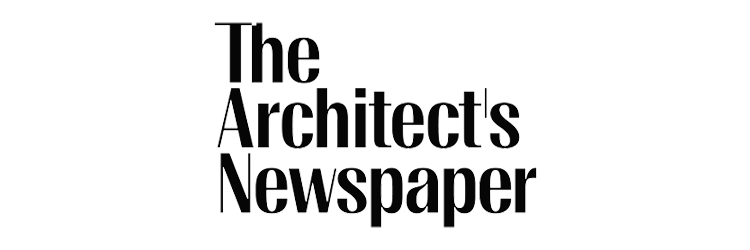Mountain States
EVENT THEME
Detailing High-Performance Facades: Strategy, Specifications, and Advanced Cladding Materials
Today’s high-performance facade standards require the deft balancing of aesthetics, technical detailing, and the demands of the client and local building regulations. This workshop will discuss both material and technical solutions to meet those standards. Experts will be on hand to lead tutorials on the most recent innovations in rainscreen cladding, sealant solutions, and much more. Attendees will leave with a greater knowledge of material applications at the cutting-edge of energy performance and code compliance, all while learning of attractive solutions for clients and end users.
view_agenda Agenda
10AM - 11AM
Credit type: 1 AIA HSW LU
Provider: Atlas Roofing
Complex project designs & evolving enclosure material options combined with demanding weather conditions & confusing product performance attributes can be challenging to synthesize. Because thermal value code targets are increasing, along with the uncertainty of future energy costs & weather patterns, getting the project’s insulation strategy right is critical. This session examines the performance attributes of exterior insulation options under real world conditions to better enable the design & installation of higher performing, more resilient and durable walls.
Learning Objectives
- Understand current building code requirements and testing methodologies for fire propagation and smoke development. Given assembly testing following the Grenfell tragedy, attendees will better understand NFPA285 fire propagation testing in relation to actual material properties and performance.
- Review material properties governing moisture and air performance as they pertain to conditions encountered in rainscreens and masonry veneers so as to best understand the actual performance characteristics of insulation specification choices.
- Understand conditions that pose unique challenges, including multiple drain planes, drainage efficiencies, increased water absorption, and water vapor transmission. Recognize risks associated with exterior insulation when used in combination with cavity insulation, interior vapor retarders, and low-perm water-resistive barriers.
- Understand the effects of wind-washing and convective heat loss in modern rainscreen systems. Identify and prevent conditions that jeopardize the thermal insulation layer, which may in turn affect moisture transfer and overall wall performance.
11AM - 12PM
Credit type: 1 AIA HSW LU
Provider: Schock
Concrete slabs and steel beams that project through the building envelope, such as those used in balconies, canopies and parapets, break the insulation layer and create thermal bridging. Incorporating a thermal break significantly improves the thermal performance of building envelopes and helps avoid costly issues down the road. This course addresses thermal bridging solutions, as well as design best practices and local building code requirements related to structural thermal breaks.
Learning Objectives
- Understand how, why and where thermal bridging occurs
- Identify the three main problems caused by thermal bridging
- Discuss the pros and cons of different approaches to addressing the problem
- Know how, when and why to use structural thermal breaks, including local code compliance
12PM - 1PM
Credit type: 1 AIA HSW LU
Provider: Cascade Architectural
Architecture is light.” As Le Corbusier stated, indeed architects spend a lot of design time working with the dynamic interplay of natural and artificial lighting on to, and in to, their building’s surfaces, materials, and three-dimensional spaces to create a complete experience for building occupants. With variable light transmission and reflection qualities, coiled wire fabric has quickly become one of the most popular materials for incorporating light into buildings by offering unparalleled design flexibility and customization through an incredibly cost-effective and durable material option suitable for a wide range of interior and exterior applications. This course delves into the specifics of this versatile architectural metal mesh material and looks at the variety of ways that it can be used to enhance architecture through the use of light. Starting with an overview of the material, we then look at the ways it can be a means of control and enhancement of both natural daylight and electrical lighting. Further, we explore its use as a surface where still or moving imagery can be projected. Ultimately, it is the combination of design prowess, materials, and lighting that create beautiful, functional architecture as seen in examples cited.
Learning Objectives
- Identify and recognize the specific nature of coiled wire fabric with its abilities to impact lighting, ventilation, and well-designed healthy spaces.
- Assess the use of coiled wire fabric to control or enhance the use of sunlight to create improved indoor environments for the welfare of their occupants.
- Explain the options available for using electrical lighting, including low voltage or energy efficient LED lighting, for interior and exterior installations.
- Determine ways to use coiled wire fabric to receive projected imagery, both fixed and moving, for artistic or performance purposes.








